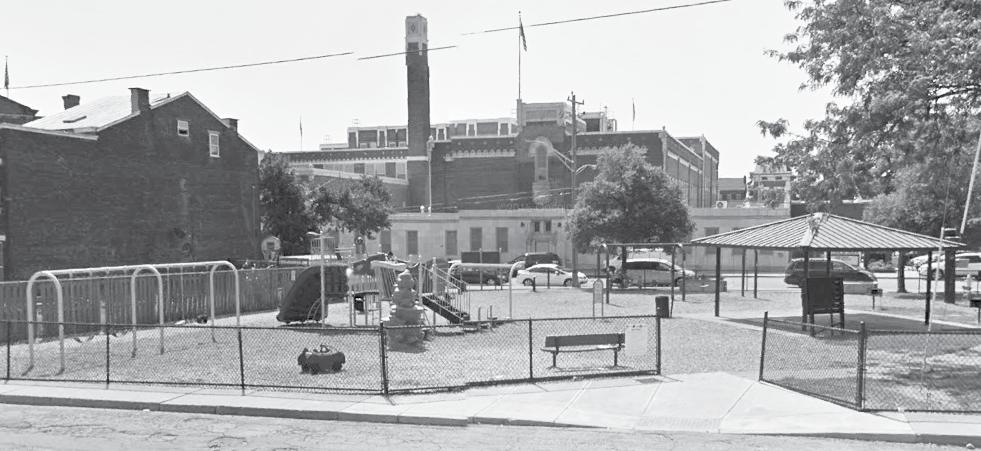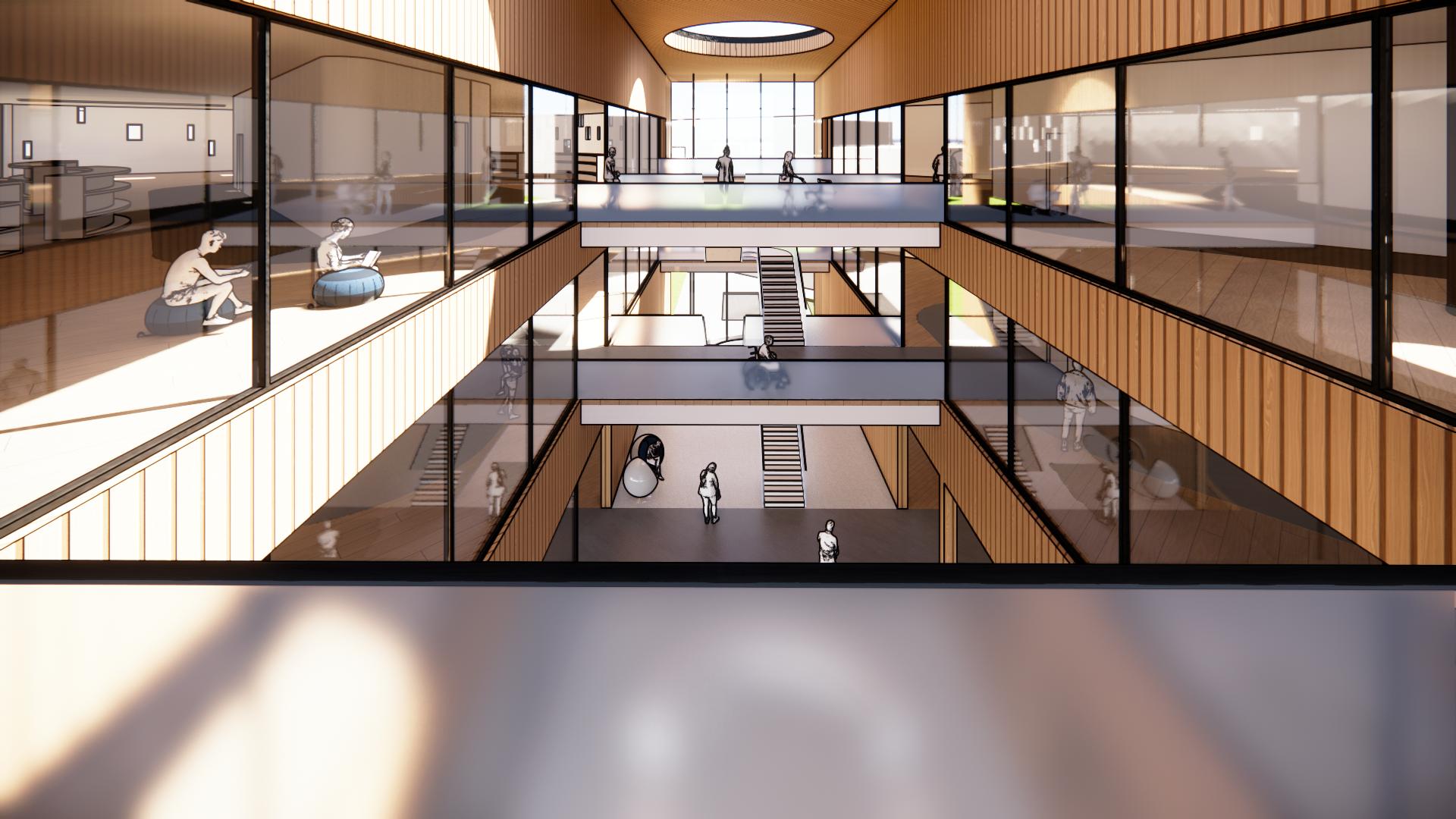Lower Price Hill Branch Library:
Towards a More Inclusive Architecture
Jacqueline Stapleton
What is the difference between accessible and inclusive? As the demographics of the world change due to technological and medical advancements, people are living longer and with a wider range of abilities which requires a more inclusive architecture. Today, all public buildings are required to comply with the 2010 ADA Standards for Accessible Design to reach a certain level of accessibility, but accessible does not always mean equitable. Public buildings are often designed for the user group that is perceived as “normal”. However, just because a building meets the code doesn’t mean that a person with a disability can access the building in an equitable way.
Public libraries are a public building at the heart of every community and the architecture of the building needs to reflect that by being as inclusive as possible. This thesis looks at how design strategies can be applied to the built environment to create a more inclusive public library. An inclusive design proposal comes from synthesizing the research on inclusive design into architectural categories and by analyzing precedents for libraries and inclusive buildings. The reimagined, inclusive library must meet the needs of the community it serves and truly be a community hub that as many people as possible can use.
Meaningfully engage with the surrounding context
Provide resources that are most beneficial to the community
Wayfinding and clear organization
Is everything within reach and easy to use?




































